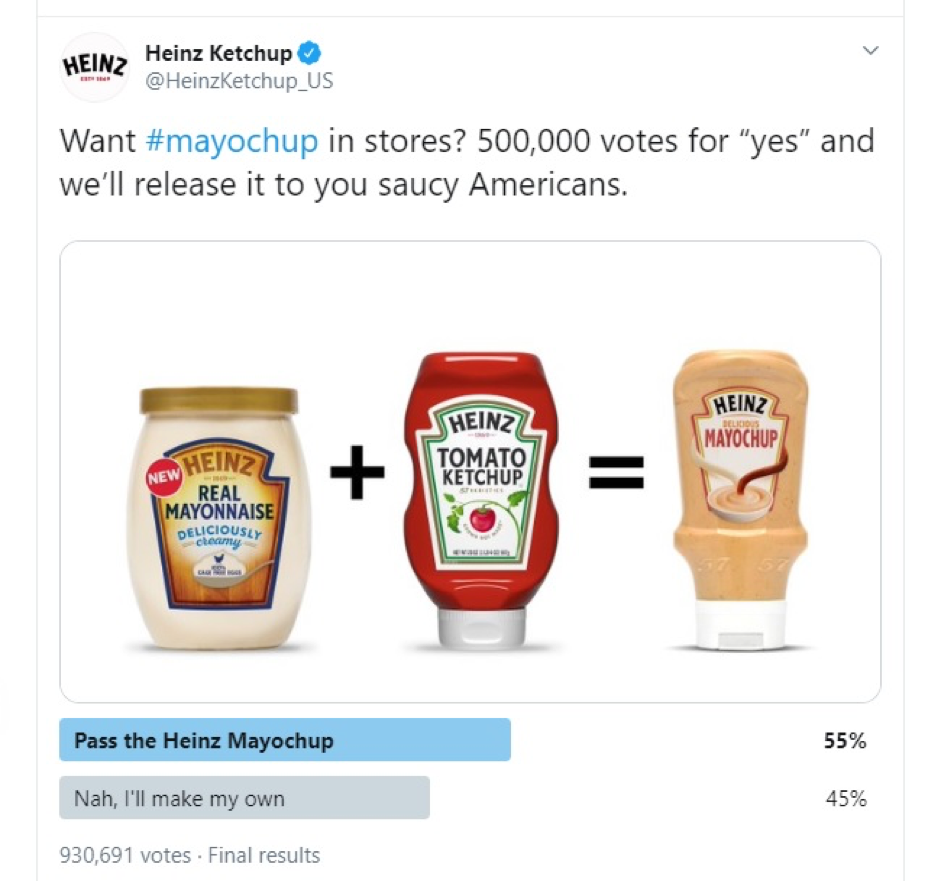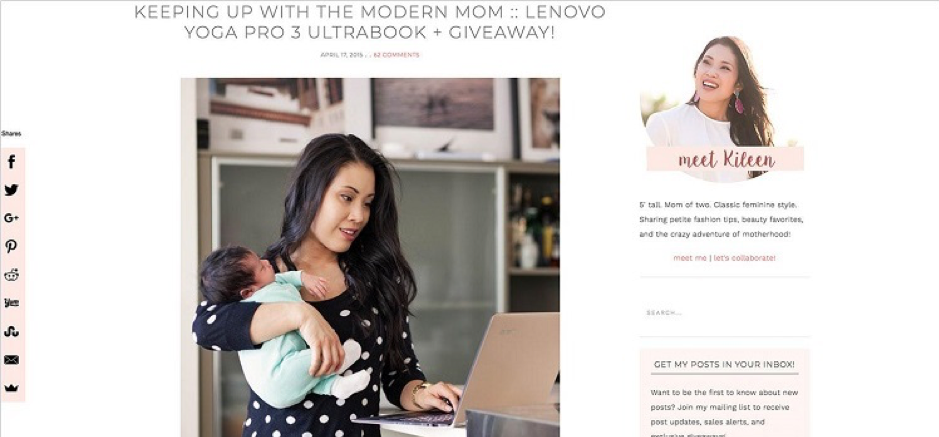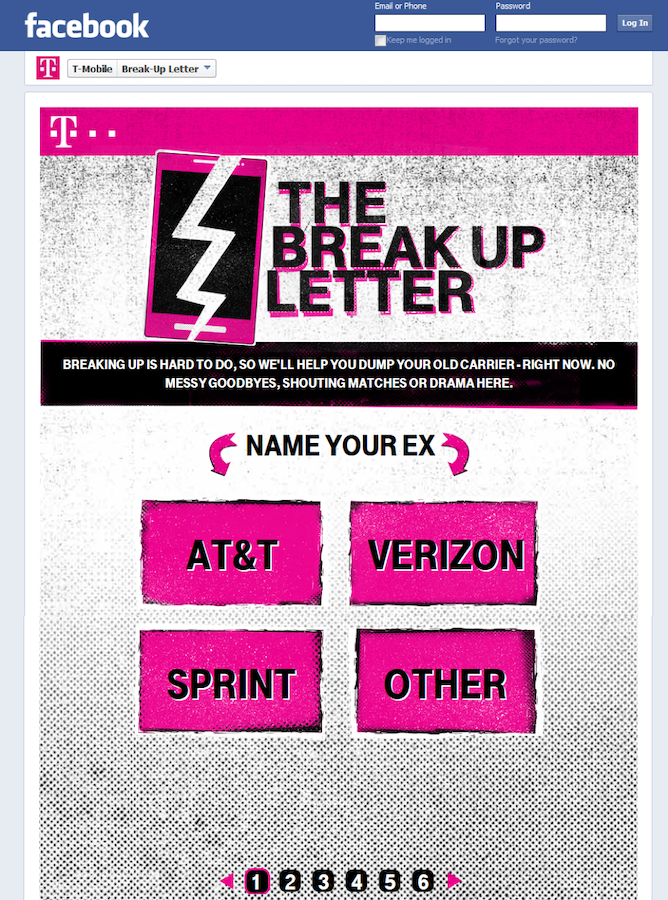How to Create Awesome User-Generated Content

How to Create Awesome User-Generated Content
Contributed ContentUser-generated content (UGC) has been a part of many major brands’ content strategy. This strategy can boost revenue, increase awareness, and drive decision making. This article will show you 6 ways you can make full use of UGC.
Millions of online conversations are taking place each day among relatives, friends, co-workers, and complete strangers. Common bonds exist when it comes to relationships with brands, even among people who don't have close personal ties.
Consumers are eager to share both good and bad experiences with products and services online. Not only does this user-generated content influence buying choices, but there are ways that your business can leverage this type of digital marketing to drive traffic and increase conversions.
Why You Need User-Generated Content
User-generated content (UGC) is any online content related to your business that you didn't create. In other words, it was produced by your customers, users, or fans.
Some examples of UGC include:
- Tweets
- Videos
- Photos
- Blog posts
- Testimonials
- Social media content
Major brands have been using UGC for several years, and there's a strong case for making this part of every content marketing strategy. Any piece of UGC can be used across almost any channel.
Some of the key benefits of UGC in digital marketing include:
Increased Revenue
UGC helps companies increase revenue by establishing user trust and increasing the likelihood of purchase. According to Bazaarvoice, 84% of Millennials and 70% of Baby Boomers states that UGC has some influence on their buying choices.
Improved Brand Awareness
UGC means more people are discussing your brand. Social messages, reviews, and blog posts may reach consumers that otherwise wouldn't know about your products and services.
Objective, Trustworthy Resources
Consumers are naturally skeptical when they see or hear promotional messages delivered by a business. Data from Nielsen, however, shows that 90% of consumers trust the recommendations of peers. UGC provides these types of recommendations for your business.
How to Create User-Generated Content
We've established that user-generated content is valuable, yet many brands fail to integrate UGC with the email marketing services and other digital marketing campaigns.
Here are 6 simple ways that your company can begin creating awesome UGC:
- Encourage customers to become brand advocates
- Create customer surveys
- Drive customer engagement with contests
- Work with influencers
- Host events
- Use campaign hashtags
1. Encourage Customers to Become Brand Advocates
The most tried and true method of UGC is creating brand advocates out of your current customers. In fact, this is how UGC as a popular marketing method was born and continues to produce results.
In 2009, Burberry encouraged its customers to submit photos and comments of themselves wearing its classic "trench" in its Art of the Trench campaign. This single campaign was a catalyst for a 50% year-over-year increase in sales and the company reaching 1 million Facebook fans.
Similarly, GoPro was another pioneer in the UGC movement by encouraging users of its products to upload videos to YouTube. Roughly 6,000 videos per day were uploaded in 2013 alone, and the brand is one of YouTube's most popular channels with over 7 million subscribers.
2. Create Customer Surveys
You can get consumers more engaged by giving them the opportunity to tell you about their likes, dislikes, wants, and needs. This can be in the form of a short survey or an intriguing question on social media.
Heinz Ketchup, for example, introduced a single-question survey on Twitter about the prospect of combining ketchup and mayo into a single product they call “Mayochup.”

The Twitter poll allowed users to choose between two options: “Pass the Mayochup” or “I’ll make my own,” giving Heinz valuable feedback about their brand.
Create similar surveys for this kind of customer feedback. It will be worth the effort.
3. Drive Customer Engagement with Contests
Contests are an excellent way to spice up your marketing strategy and encourage users to provide you with free content.
Using unique promotions, you engage users and gain the attention of additional potential customers.
Starbucks, for example, ran a "White Cup" contest that encouraged customers to submit photos of their doodle designs on white Starbucks cups like the one shown below.

The picture shows a white Starbucks cup with “Your Art Here” written in marker. This serves as a call-to-action for customers to draw on their own Starbucks cups.
The contest resulted in over 4,000 entries in just three weeks and was the talk of social media in early 2014.
Launch contests such as raffles or giveaways to boost engagement with customers.
4. Work With Influencers
Since UGC is any content not created by you, it makes sense that something produced by a person with influence would have a powerful impact.
According to one Twitter study, 40% of consumers have purchased a product on the direct recommendation of a social media influencer.
Social media influencers, like the one shown below, are individuals with large social followings that promote sponsored products or services with original content.

The influencer above focuses on lifestyle products that fit her brand, but influencers exist across industries.
You'll reach a more targeted audience and gain more trust if a micro-influencer uses and recommends your product. They might do this on their own, or you can offer a free product or service sample for testing.
5. Organize and Host Events
Many companies have decided to host various events as part of their marketing efforts, but what about showcasing the user experience during those same events to increase exposure?
People already engage with you on social media, so this is just a way to encourage these actions in person and include them on your own platforms.
One thing you can do at your event is to feature a Social Media Wall like the one below that includes a place where people can take selfies, share their opinions, and get the most-used hashtags.

This example from a product launch event by Garnier L’Oreal shows a Twitter Wall to display the Twitter live feed on-screen in their event.
The result was a huge success that the brand has received great responses through the online and offline audience.
You can also create an event hashtag for attendees to use at the event. Another example, when Adobe hosts its annual digital marketing conference, it uses the hashtag #AdobeSummit.
6. Use Campaign Hashtags
You can locate existing user-generated content by searching for hashtags on social media that contain your company or product name.
Another strategy is to create a unique hashtag campaign that encourages a certain type of UGC.
One example of a hashtag campaign is T-Mobile's clever "break-up letter" campaign, shown below on Facebook.

The company urged frustrated cell phone customers that were worried about the high cost of switching carriers to write creative breakup letters to their “ex” or current carrier – AT&T, Verizon, or Sprint. In exchange, T-Mobile would pay the customer's account switching fees.
Users wrote and shared more than 113,000 letters with the hashtag #breakupletter, resulting in over 67 million social media impressions and 2.7 million app page views.
Use These Ideas to Kickstart Your User-Generated Content Strategy
You've been given several ideas to incorporate UGC into your content marketing strategy, but you'll need a plan to make it work. As many as 86% of marketers state that they’ve tried using user-generated content, but only 27% admit to having a strategy in place for execution.
First, determine the goal of your UGC campaign. Is it to increase awareness, solicit reviews, or drive conversions? Once you determine your goal, you can create an effective system for collecting and showcasing your UGC.
Some options to collect UGC include creating a branded app, a dedicated social media page, or a page on your website.
Depending on the scope of your campaign, you might also want to consult with a legal expert about your rights. It's also sometimes a good idea to screen content before posting or monitor submissions closely to be ready with appropriate responses.
Look for other ways to re-purpose UGC. You can leverage it in your email marketing and other offline campaigns instead of allowing it to lie dormant on your social media platform.
Adding UGC to your digital marketing campaign drives brand recognition and helps consumers make purchasing decisions. When you allow customers to be the voice of your brand, this type of authenticity drives higher engagement and ultimately boosts your bottom-line results.
